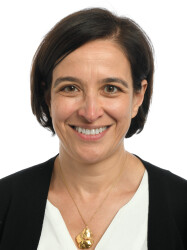BibTex format
@techreport{Winskill:2020:10.25561/78965,
author = {Winskill, P and Whittaker, C and Walker, P and Watson, O and Laydon, D and Imai, N and Cuomo-Dannenburg, G and Ainslie, K and Baguelin, M and Bhatt, S and Boonyasiri, A and Cattarino, L and Ciavarella, C and Cooper, L and Coupland, H and Cucunuba, Perez Z and van, Elsland S and Fitzjohn, R and Flaxman, S and Gaythorpe, K and Green, W and Hallett, T and Hamlet, A and Hinsley, W and Knock, E and Lees, J and Mellan, T and Mishra, S and Nedjati, Gilani G and Nouvellet, P and Okell, L and Parag, K and Thompson, H and Unwin, H and Wang, Y and Whittles, L and Xi, X and Ferguson, N and Donnelly, C and Ghani, A},
doi = {10.25561/78965},
title = {Report 22: Equity in response to the COVID-19 pandemic: an assessment of the direct and indirect impacts on disadvantaged and vulnerable populations in low- and lower middle-income countries},
url = {http://dx.doi.org/10.25561/78965},
year = {2020}
}

